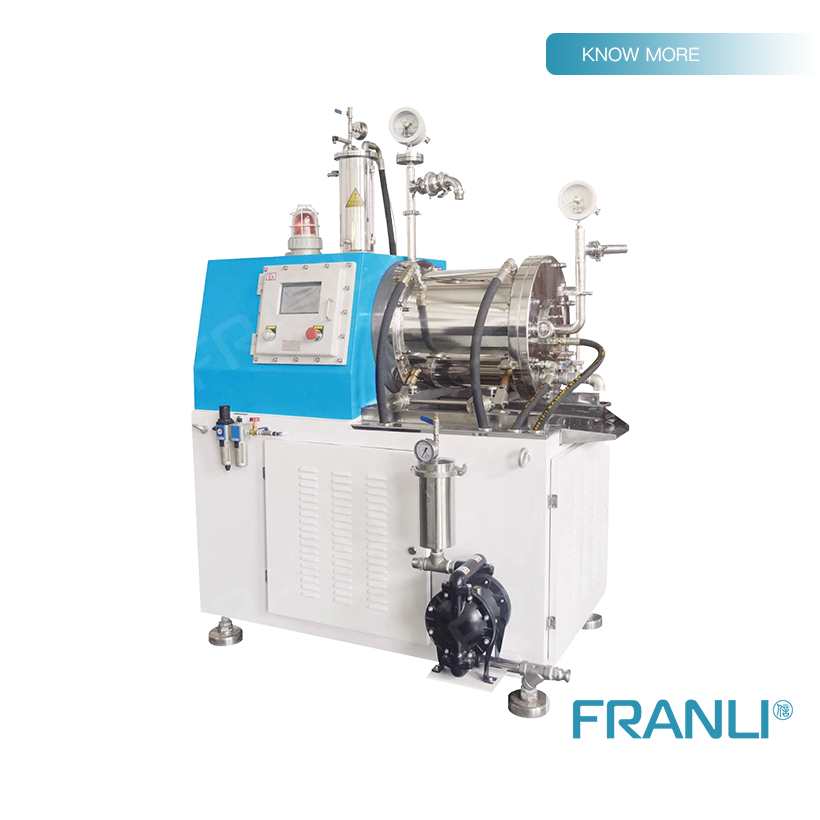-
Equipments
-
-
NEWS
- Double planetary mixer new t...
- Multiple paddle options of D...
- Double planetary mixer is th...
- Multiple mixing tanks with d...
- Double planetary mixer for c...
- Double planetary mixer can b...
- Double planetary mixer has E...
- Double Planetary Mixer Excel...
- Principle of asteroid rotati...
- Efficient and uniform mixing...
-
Contact Us
Or Contact Info
-
Coating
-
-
NEWS
- Double planetary mixer new t...
- Multiple paddle options of D...
- Double planetary mixer is th...
- Multiple mixing tanks with d...
- Double planetary mixer for c...
- Double planetary mixer can b...
- Double planetary mixer has E...
- Double Planetary Mixer Excel...
- Principle of asteroid rotati...
- Efficient and uniform mixing...
-
Contact Us
-
Adhesives
-
-
NEWS
- Double planetary mixer new t...
- Multiple paddle options of D...
- Double planetary mixer is th...
- Multiple mixing tanks with d...
- Double planetary mixer for c...
- Double planetary mixer can b...
- Double planetary mixer has E...
- Double Planetary Mixer Excel...
- Principle of asteroid rotati...
- Efficient and uniform mixing...
-
Contact Us
-
Agrochemistry
-
-
Agrochemistry
- Emulsifiable Concentrate
- Suspension Concentrate
-
-
-
NEWS
- Double planetary mixer new t...
- Multiple paddle options of D...
- Double planetary mixer is th...
- Multiple mixing tanks with d...
- Double planetary mixer for c...
- Double planetary mixer can b...
- Double planetary mixer has E...
- Double Planetary Mixer Excel...
- Principle of asteroid rotati...
- Efficient and uniform mixing...
-
Contact Us
-
Battery
-
-
Battery
- Battery Slurries
-
-
-
NEWS
- Double planetary mixer new t...
- Multiple paddle options of D...
- Double planetary mixer is th...
- Multiple mixing tanks with d...
- Double planetary mixer for c...
- Double planetary mixer can b...
- Double planetary mixer has E...
- Double Planetary Mixer Excel...
- Principle of asteroid rotati...
- Efficient and uniform mixing...
-
Contact Us
-
Cosmetic
-
-
Cosmetic
- Lipstick
- Eyebrow Pencil
- Ointment
-
-
-
NEWS
- Double planetary mixer new t...
- Multiple paddle options of D...
- Double planetary mixer is th...
- Multiple mixing tanks with d...
- Double planetary mixer for c...
- Double planetary mixer can b...
- Double planetary mixer has E...
- Double Planetary Mixer Excel...
- Principle of asteroid rotati...
- Efficient and uniform mixing...
-
Contact Us
What is a bead mill?

A bead mill, also known as a sand mill, is mainly used for the wet grinding of chemical liquid products. Compared with grinding equipment such as ball mill, roller mill, and colloid mill, bead mill has the advantages of high production efficiency, strong continuity, low cost, and high product fineness. The process conditions vary greatly, and the fineness requirements can be adjusted and classified by adding or subtracting grinding media in an appropriate amount.
1. The medium distribution in the grinding chamber of the horizontal large-flow bead mill is relatively uniform, the grinding technology has high efficiency, it is very easy to start with load, and the operation is simple and convenient. It can be designed to be large or super large. However, the energy density (installed power per unit volume) is low and the grinding fineness is limited.
2. The medium distribution of the vertical bead mill is uneven, the efficiency of grinding technology is low, and it is difficult to start the capital with the load. The advantage is that there is no mechanical seal and the structure is simple.
3. The energy density of the conical bead mill, short cylinder grinding, a large area of filter media separation, the short residence time of materials, high cooling effect, high grinding efficiency, and narrow product size distribution. Generally, it can be used for the circulating grinding process with the large flow of difficult-to-grind materials.
4. High viscosity rod pin bead mill has high energy density and high strength of grinding material. Mainly used for the production of high viscosity materials, such as offset printing ink and UV ink.
With the development and demand of the bead mill technology, the bead mill is mainly composed of the body, the grinding cylinder, the sand grinding disc (lever), the grinding medium, the motor, and the feeding pump. The speed of feeding is controlled by the feeding pump. The grinding media of this equipment are generally divided into zirconia beads, glass beads, zirconium silicate beads, etc.
Generally, there are vertical bead mills, horizontal bead mills, basket bead mills, double cone bead mills, nano-level horizontal bead mills, except for vertical bead mills, ordinary 2-3/ Except for 3-4mm glass beads, other equipment uses 0.8-2.4mm zirconia beads.

When the horizontal bead mill in chemical grinding equipment is used, it can be divided into horizontal conical bead mill and horizontal pin-pin bead mill. Its main features are reasonable design, wide general use, closed continuous production, uniform grinding and dispersion fineness (20um-50nm), good quality, high production efficiency, double-end mechanical seal, double protection, zero leakage, and new dynamic separation It is widely used in coatings, dyes, inks, photosensitive materials, medicine, and other industries.
When the horizontal bead mill is working, when the main shaft rotates, the grinding medium grinds the slurry pressed into the cylinder under the drive of the rotating disc, so that the solid material in it is refined and qualified slurry passes through smaller than the particle size of the grinding medium. out of the filter gap or sieve hole. The barrel part is equipped with a cooling or heating device to prevent a large amount of heat in the barrel caused by the mutual friction of materials, grinding media, and discs, which affects the quality of the product, or reduces the fluidity due to the condensation of the fed slurry and affects the grinding performance.

The selection of the particle size of the zirconia beads in the horizontal bead mill is determined by the initial fineness of the sanding slurry and the need to reach the final fineness. , you can use larger zirconia beads, the diameter of zirconia beads is about 20 times the initial fineness of the ground product, and the average fineness that can be achieved by using zirconia beads is about one-thousandth of the size of the zirconia beads. Common grinding media diameters are 0.5mm, 0.75mm, 1.0mm, and other types of beads. For example, there is a customer who makes PTFE powder as a coating, which is ground with a FLE laboratory nano-bead mill. Generally, 0.4-0.6 (0.6 is more suitable) is used to achieve a fineness of 1-5um.
Bead mill grinding and dispersing principle
The horizontal bead mill has the advantages of high efficiency, strong work continuity, less pollution, and automatic and reliable in the process of operation. The grinding chamber is made of high wear-resistant materials, and the mechanical piston powered by pressure is used to change the volume of the grinding chamber, to adjust the quality of the product, with excellent material selection and stable operation.
FLE has produced a series of wet dispersing and grinding equipment with independent intellectual property rights, such as bead mills, dispersers, emulsifiers, mixers, filling machines, grinding media, etc. Completed putting into use multiple sets of production lines, such as paint grinding production line, ink production line, pesticide production line, etc.
Copyright Notice :
This article only represents the author's point of view.
This article is published under the authorization of the author.
Source:
This article address : What is a bead mill?
Previous:What Is A Double Planetary Mixer?
Next:Three Roll Mill Application: Lipstick & Carbon Black
Related Suggestion:
Double planetary mixer new type of mixing equipment
Multiple paddle options of Double Planetary Mixer
Double planetary mixer is the first choice for paste materials
Multiple mixing tanks with double planetary mixer
Double planetary mixer for chemical products
Double planetary mixer can be vacuum feeding
Related Products
-

Vacuum Double Planetary Mixer
A Vacuum double planetary mixer is an essential part of any industry to mixing particular material. A double planetary m...
-

Laboratory Double Planetary Mixer
Laboratory double planetary mixer is a kind of non-standardized strong mixing and mixing equipment developed by FLE for ...
-

Hydraulic Lifting High Speed Disperser
The hydraulic lift high speed disperser has the characteristics of simple operation and high flexibility.The hydraulic l...
News
-
28
2023-04
-
28
2023-04
-
28
2023-04
-
28
2023-04
-
28
2023-04
-
28
2023-04
- Tricks About Ointment Mill You Wish You ...
- A deep insight into Sand Mill Machine
- What is the difference between dyno mill...
- How To Choose Vertical Bead Mill or Hori...
- What is a three roll mill machine?
- Specification of high speed disperser an...
- Three Roll Mills: Their mechanism, advan...
- high speed disperser machine application
- Faults and Trouble Shooting Methods of H...
- How to operate High-Speed Disperser

















